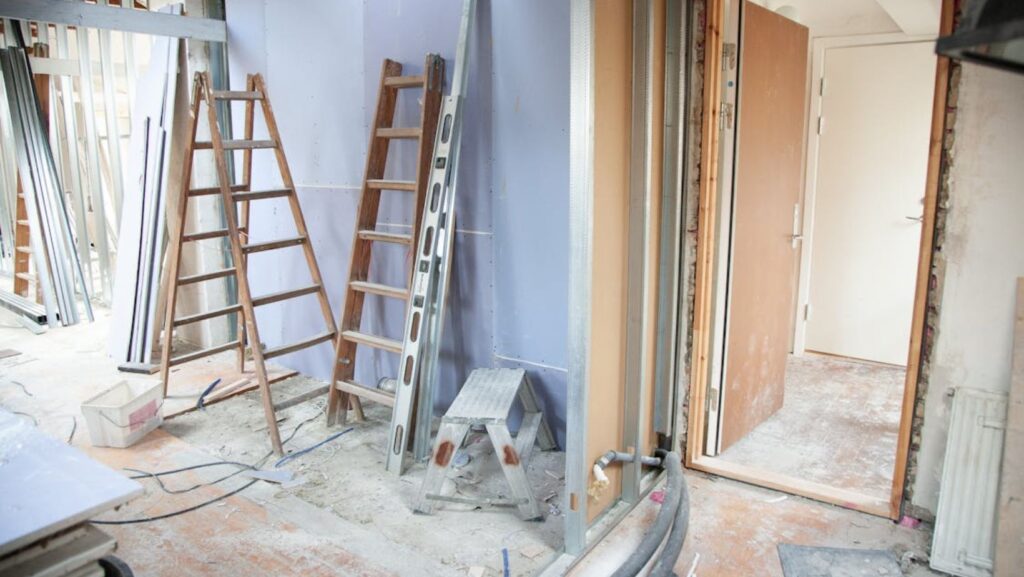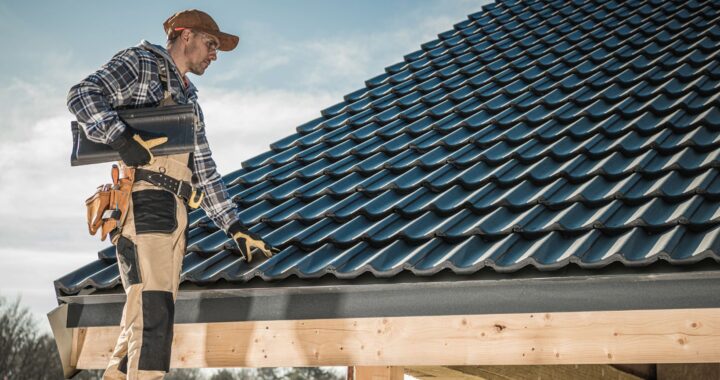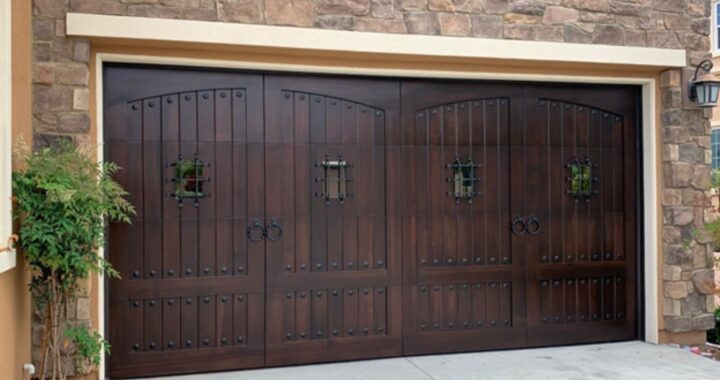How to Plan and Budget for Major Home Renovation

Home improvement has become a popular trend in recent years, with homeowners investing significant amounts of money to enhance their living spaces.
According to Statista, total U.S. home improvement expenditure reached an impressive $566 billion in 2022. This surge in renovation activity is driven by various factors. These include the desire to improve energy efficiency, increase property value, and create more comfortable and functional living spaces.
Whether you’re planning a minor kitchen upgrade or a major whole-house renovation, careful planning and budgeting are essential to ensure a successful project.
Assess the Scope of Renovation
Before diving into the specifics of budgeting and planning, it’s crucial to define your renovation goals. Do you want to boost your home’s visual appeal, improve energy efficiency, or raise its market value?
Clarifying your main goals will help direct your renovation choices and determine how to allocate your budget. For instance, if increasing resale value is a priority, focus on high-return projects such as kitchen or bathroom remodels.
Once you have clear goals, consider the scope of your renovation. Will it involve minor updates like painting and landscaping, or are you planning a full-scale remodel that includes structural changes? Knowing the scope of your project can assist you in figuring out the resources and financial requirements.
Create a Realistic Budget
A well-planned budget is key to a successful renovation. Begin by researching the estimated costs of your planned improvements. Websites like HomeAdvisor and Remodeling Calculator provide valuable data to help you estimate typical expenses for different types of home improvement projects.
When drafting your budget, make sure to account for the following components:
- Materials: This includes flooring, cabinetry, fixtures, and appliances. The cost of materials can vary widely depending on quality and style. According to Architectural Digest, high-end finishes can significantly increase costs.
- Labor: Obtain multiple quotes from contractors to compare labor costs. Be sure to clarify exactly what is included in each quote. Also, keep in mind that labor rates may differ depending on the complexity of the work and your location.
- Permits: Many renovations require permits, and their costs can differ based on your location and project scope.
- Contingency fund: Set aside 10-20% of your total budget to cover unforeseen expenses that can arise during the renovation process.
According to Architectural Digest, the scope of the project plays a key role in determining costs. Additionally, the size of your home affects the overall cost, with larger spaces generally requiring higher investments.

For example, kitchen renovations can cost $100 to $250 per square foot, while a full home remodel can cost $10 to $250 per square foot. Keeping these factors in mind when setting your budget will help you stay on track financially throughout the renovation process.
Develop a Detailed Timeline
Developing a detailed timeline is essential to managing your home renovation project efficiently. Once you’ve established your goals and budget, break the project down into phases, each with specific milestones and deadlines.
When creating your timeline, several factors need to be taken into account. For example, larger renovations will naturally take more time to complete, so be realistic about your expectations. The availability of contractors is another crucial consideration. According to Forbes, contractors are often in high demand, especially in today’s market, where a shortage of labor can lead to extended wait times.
Lead times for projects have increased to three to four months, with some areas reporting up to a year. It’s essential to plan ahead and coordinate with contractors to ensure their availability aligns with your schedule. Additionally, obtaining permits from local authorities can add time to the timeline, so factor this into your planning.
Consider Financing Options
If renovation costs are substantial, options like home equity loans, refinancing, and personal loans offer diverse solutions. Each option comes with its own terms, interest rates, and conditions, which can affect your long-term finances. For those looking to secure a loan quickly, Koalify’s tips for faster home loan approval can provide helpful guidance.
For instance, home improvement loans are unsecured personal loans offered by banks, credit unions, and online lenders. According to Bankrate, these loans don’t require using your home as collateral, so you won’t risk losing property in case of default.
However, unsecured loans often have higher interest rates compared to secured loans. Borrowing limits can go up to $100,000, though most lenders impose lower caps, making them ideal for small to mid-sized projects.
Government loans can also be an attractive financing choice. Programs like the HUD Title I Property Improvement Loan provide up to $25,000 without home equity requirements, though funds must go toward approved renovations.
Alternatively, VA cash-out refinance loans are available for veterans and active-duty service members, offering funds for various home improvements with favorable terms.
Evaluate the Cost-Benefit of Selling Instead of Renovating
Homeowners sometimes face the tough choice of whether to renovate or sell their property, especially when extensive renovations are needed, but resources are limited. Selling can be a practical option to avoid the stress and cost of a major renovation. If you choose this route, highlight the home’s unique features or charm to appeal to buyers looking for fixer-uppers or investment opportunities.

Selling as-is can save time, reduce the hassle of project management, and provide the opportunity to move forward with other plans. Click here for more information about the selling process.
According to John Buys Bay Area Houses, home-buying companies purchase properties in any condition without charging fees, commissions, or obligations. This approach can make your decision-making process easier, enabling you to secure a fair offer based on your property’s value.
FAQs
What is basic renovation?
Basic renovation involves making essential improvements to a property without extensive structural changes. It includes updating fixtures, repainting, refreshing flooring, and enhancing functionality through minor repairs or upgrades. Typically focused on aesthetics and functionality, basic renovations aim to modernize and maintain the property without major remodeling or reconstruction efforts.
How often should a house be renovated?
A house typically benefits from renovation every 15-20 years to update its systems and design. Key areas like kitchens, bathrooms, and major appliances may need updates sooner, about every 10-15 years. Regular maintenance and small updates can help extend the time between larger, more extensive renovations.
What are some common mistakes to avoid in home renovations?
Common mistakes in home renovations include underestimating costs, neglecting to create a detailed budget, and overlooking necessary permits. Homeowners may also choose low-quality materials, attempt excessive DIY work, or fail to hire qualified professionals, leading to costly repairs. Rushing projects or ignoring future needs can also impact long-term satisfaction.
Planning and budgeting for a major home renovation require careful consideration and strategic planning. By setting clear goals, creating a realistic budget, developing a timeline, and considering selling instead of renovating, homeowners can navigate the process more effectively.
Whether you choose to enhance your current space or move on to new opportunities, thorough preparation will ultimately lead to a successful outcome.

 How to Perform a Roof Inspection
How to Perform a Roof Inspection  What to Do After Water Damage in Toronto
What to Do After Water Damage in Toronto  How to Keep Your Garage Door and Gate Running Smoothly Year-Round
How to Keep Your Garage Door and Gate Running Smoothly Year-Round